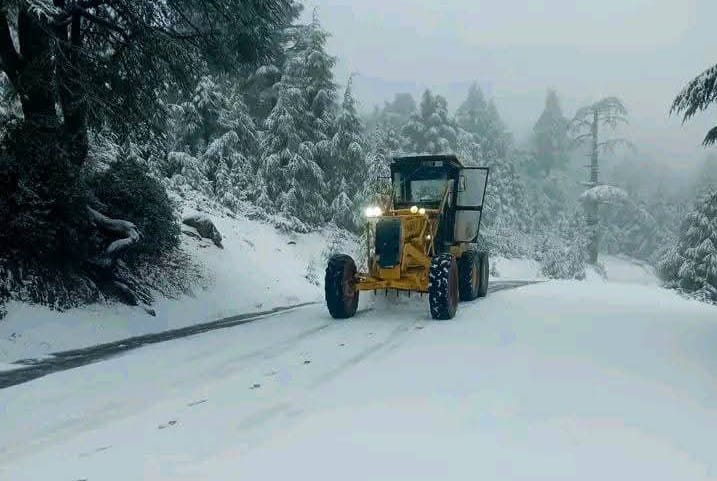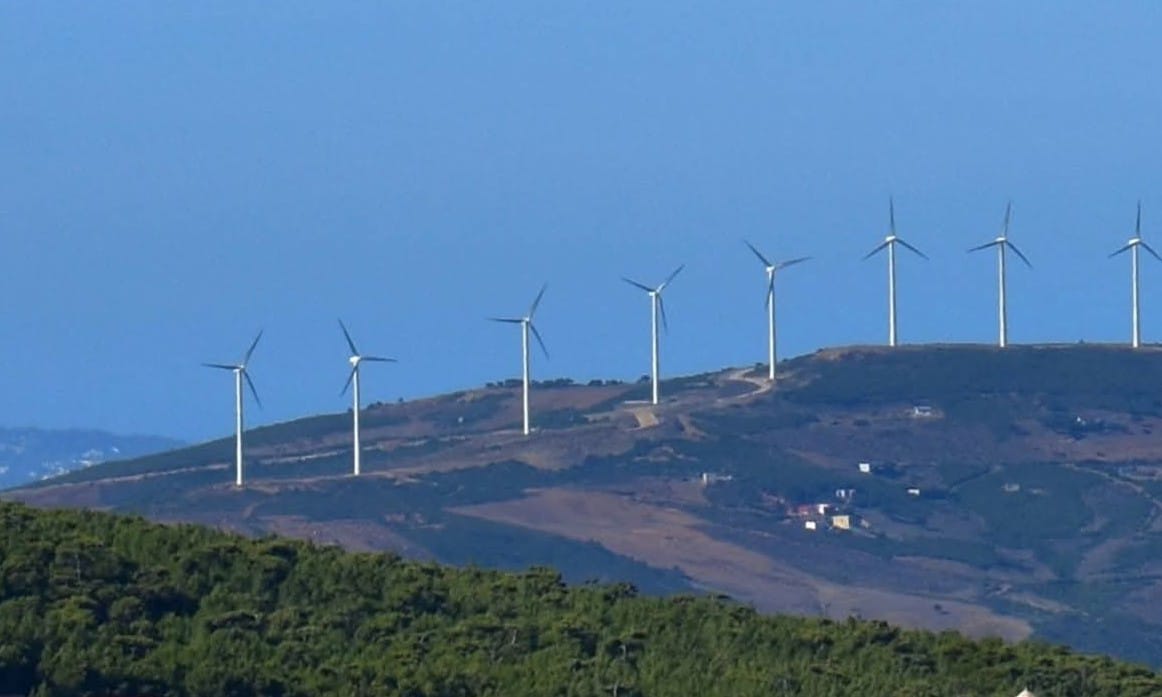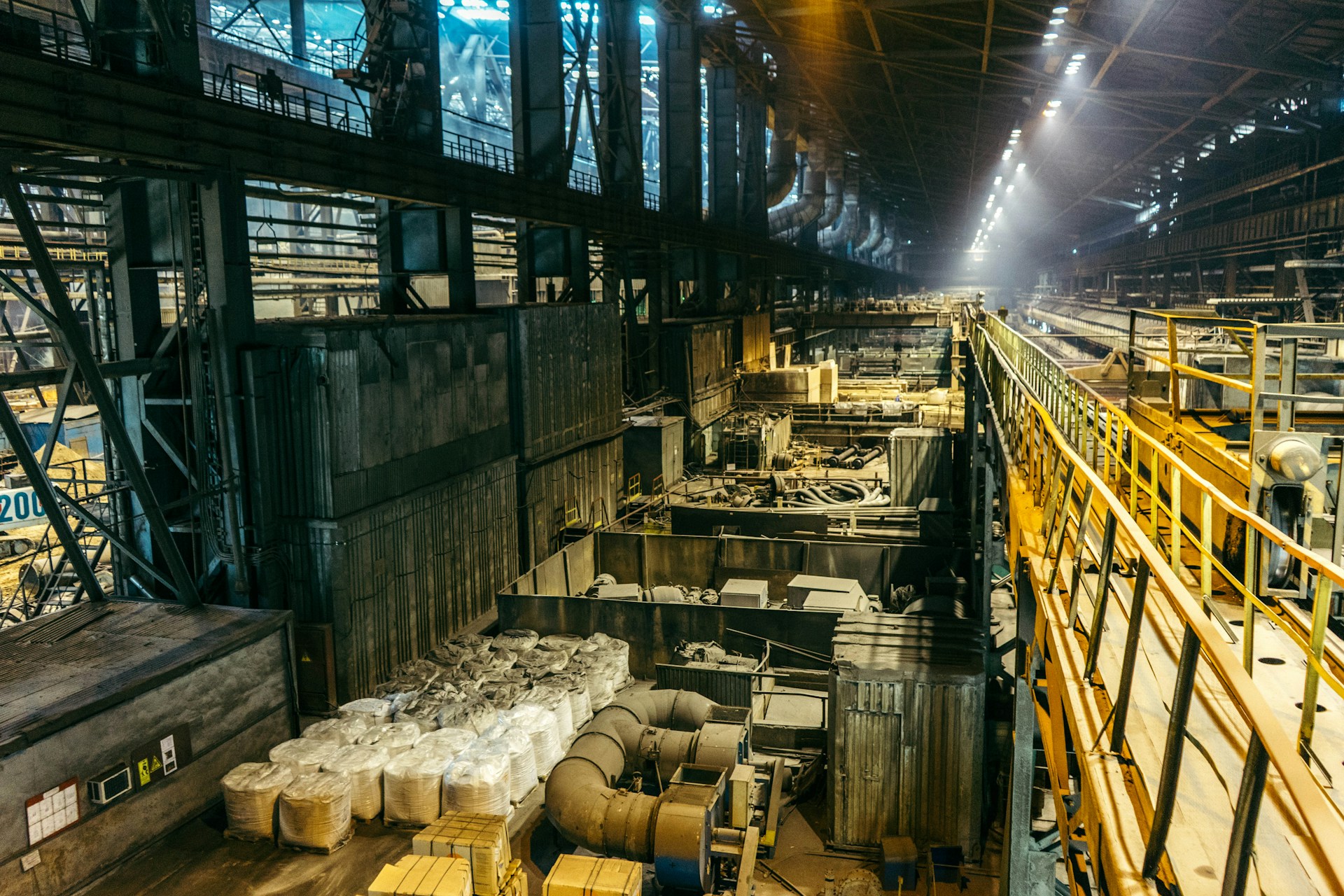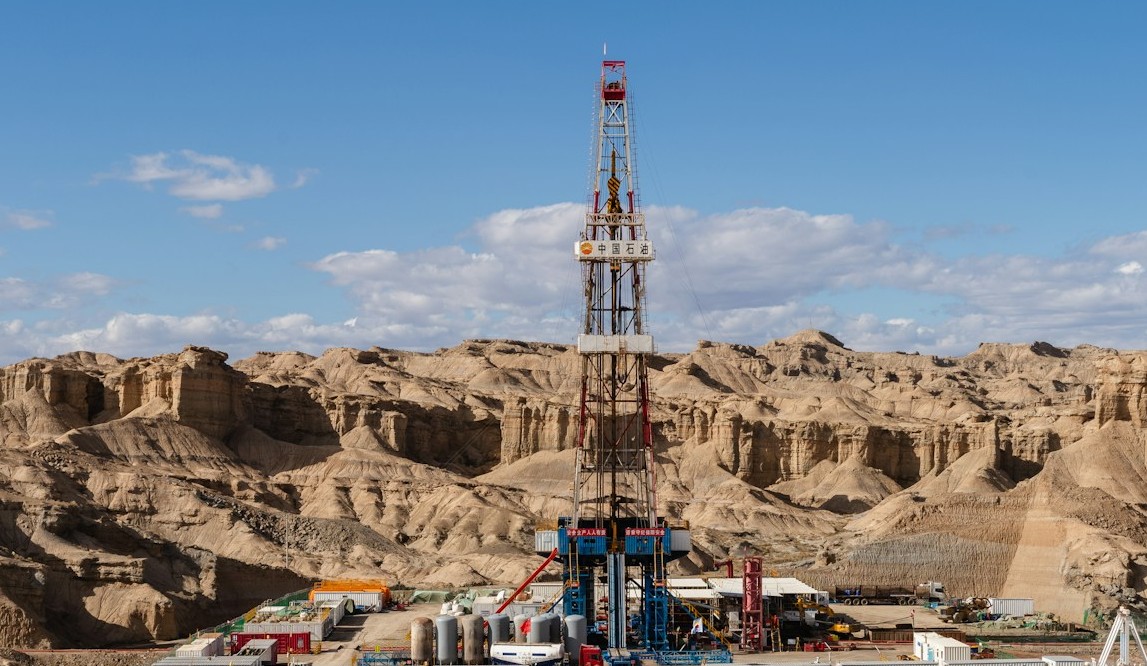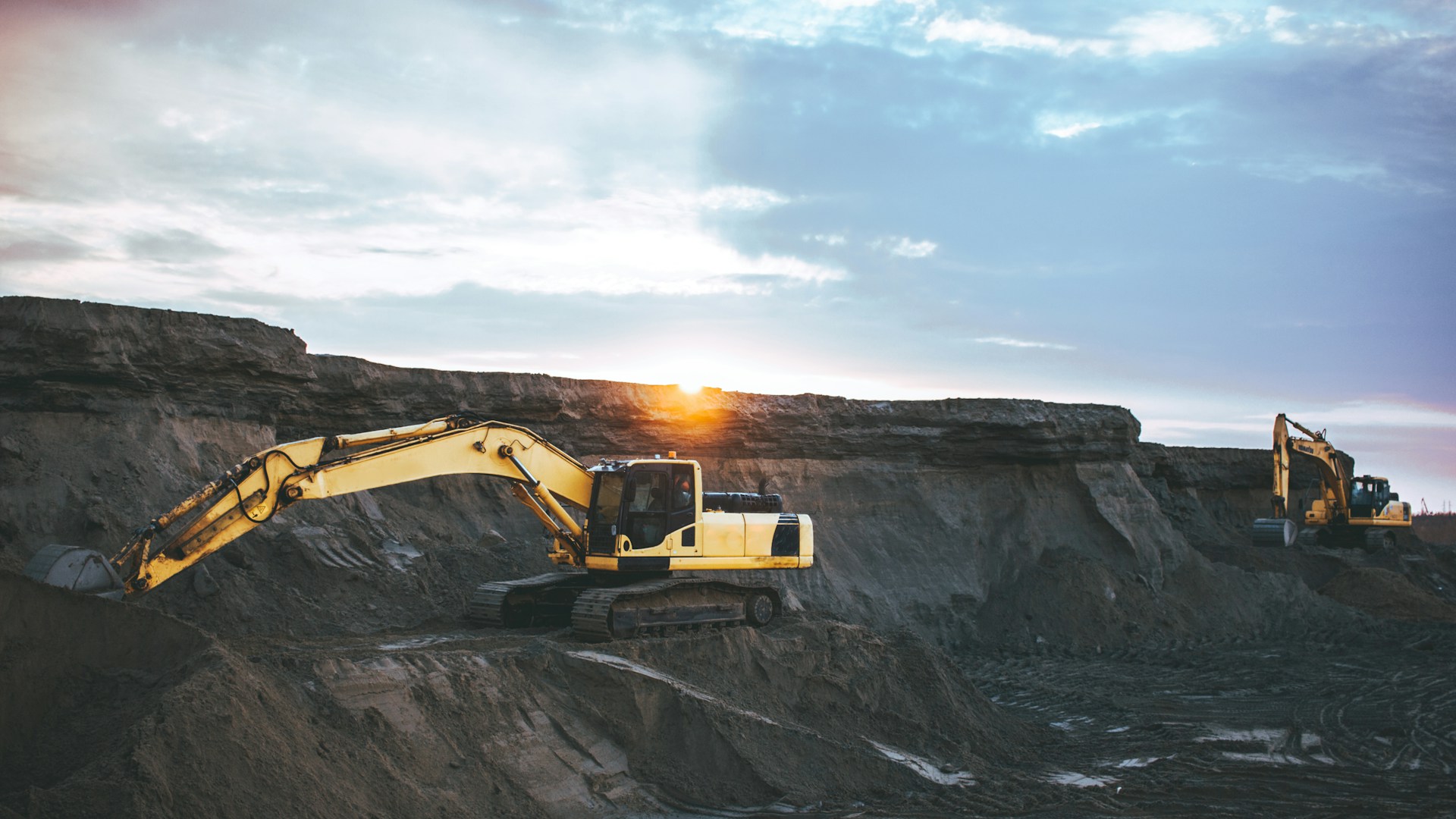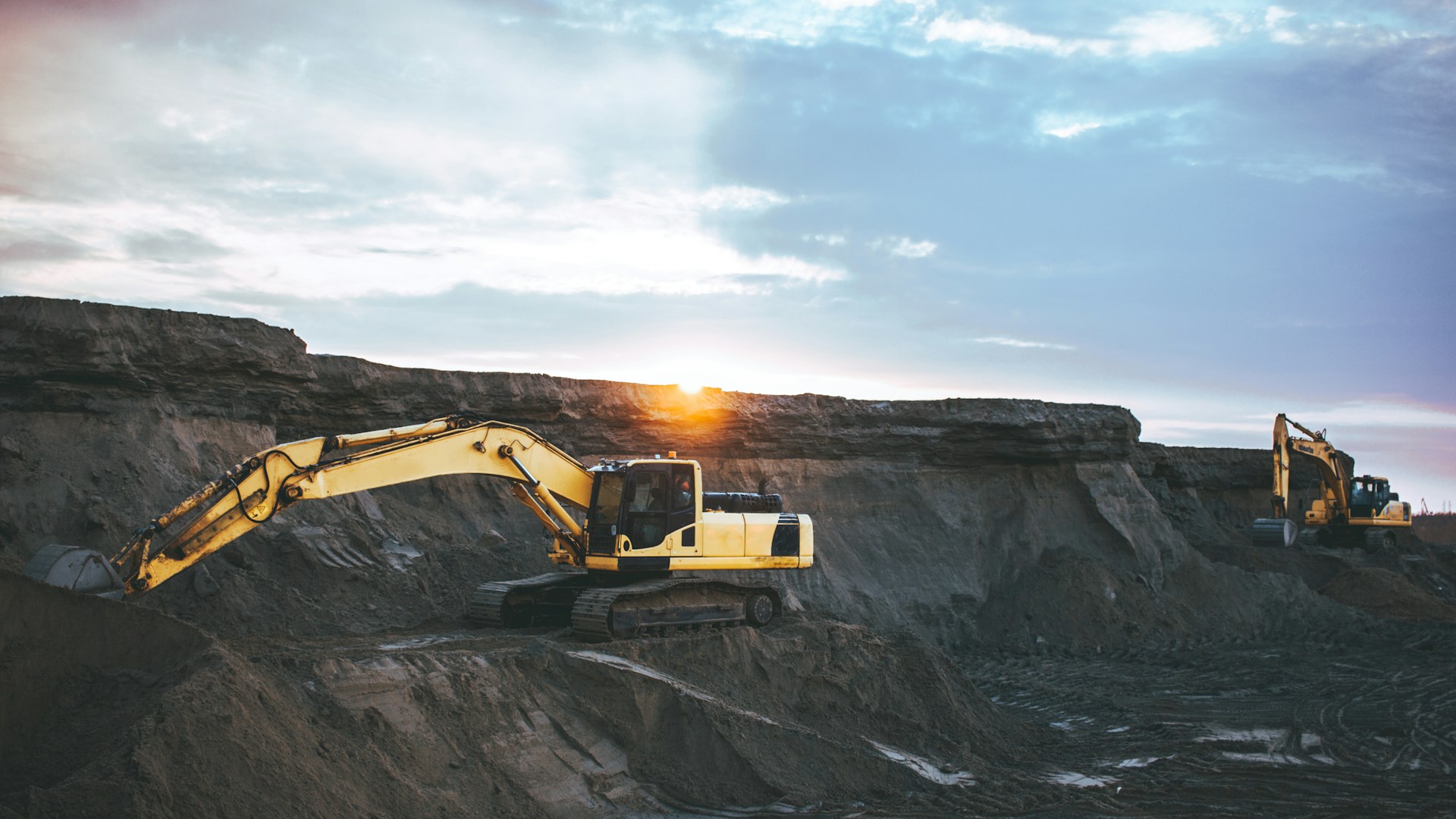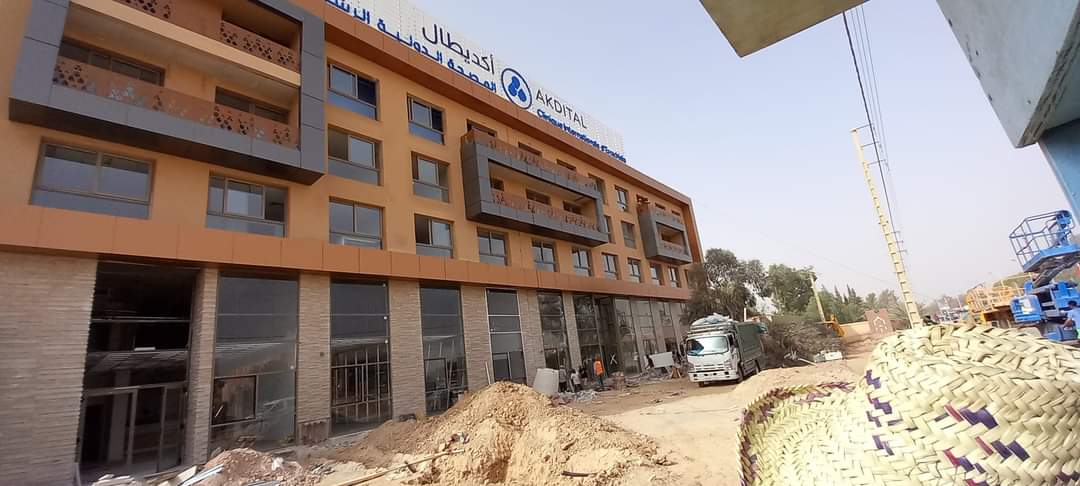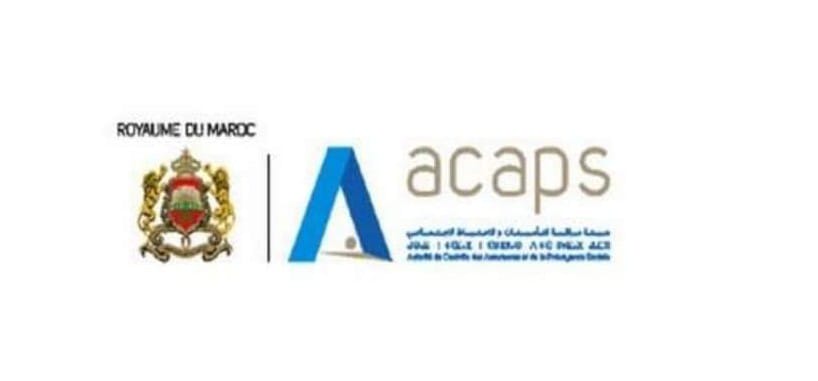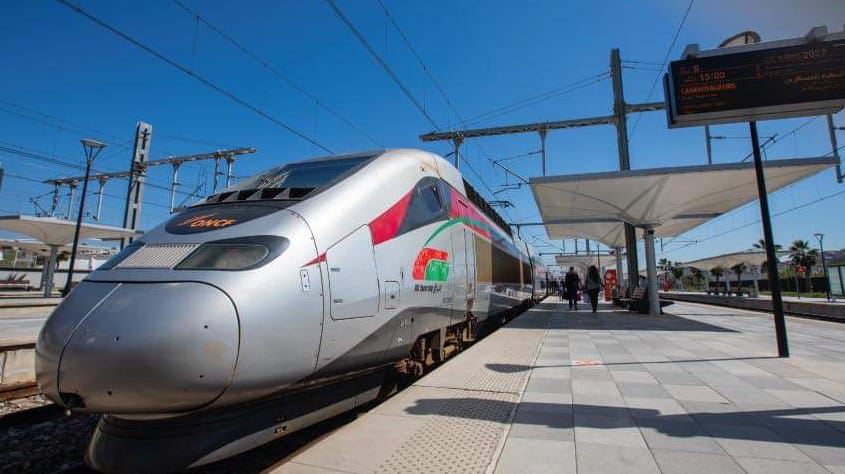Casablanca – Predator Oil & Gas Holdings Plc (PRD), a hydrocarbon exploration company based in Jersey, has announced promising preliminary results from its MOU-5 drilling program, conducted within the Guercif permit area in Morocco’s Oriental region. The well, which reached its target depth in early March 2025, has revealed critical findings that could significantly shape the future of exploration in the area. These results confirm the presence of previously unknown geological features, including a Domerian carbonate formation and an exceptional high-quality sand layer, both of which open up new possibilities for the company in Morocco’s emerging energy landscape.
A deeper dive into Guercif’s geological potential
The MOU-5 drilling campaign, launched on March 3, was completed efficiently within a ten-day window, adhering to both the planned schedule and budget. One of the most significant findings of the exploration is the confirmation that the Domerian carbonate formation, a potential hydrocarbon reservoir, lies deeper than initially anticipated due to the presence of mobilized salt. This unexpected depth variation has contributed to the development of a thicker and more effective upper seal layer, which is crucial for trapping hydrocarbons.
According to Predator Oil & Gas, the analysis of the first 50 meters of the well has provided valuable petrophysical data, and a comprehensive petrographic study will soon be carried out to further understand the connection between this formation and the nearby carbonate structures in the region. This will offer more clarity on how the geological system functions and whether it holds the potential for long-term commercial success.
One of the standout aspects of the MOU-5 well’s results was the discovery of a 30-meter layer of high-quality raw sand beneath the carbonate formation. This is a previously unobserved feature in the Guercif basin and provides an exciting opportunity for further exploration. The high-quality sand layer is particularly noteworthy because it could represent an entirely new target for the company, with its potential for both hydrocarbons and other valuable minerals.
Helium, an increasingly sought-after commodity, was also detected at significant levels during the drilling operation. At a concentration of 1,557 parts per million (ppm), helium was found 16 meters above the Domerian carbonate formation. This discovery is linked to a horizontal fault system associated with salt diapirism in the region, which further highlights the geological complexity of the Guercif basin. The presence of helium could provide additional economic value to the project, potentially offering a new avenue for revenue generation.
Strategic planning and next steps
Following these encouraging findings, Predator Oil & Gas has decided to suspend the MOU-5 well temporarily to allow for re-entry and further evaluation. The company plans to use the data collected from this drilling campaign as the foundation for a broader exploration initiative dubbed the “Jurassic Project.” This new program will focus on the deeper central area of the Domerian carbonate structure, which is believed to have significant potential for hydrocarbon accumulation.
One of the key components of this next phase of exploration will be the acquisition of 3D seismic data to help define the extent and potential of the carbonate reservoir. The use of advanced seismic imaging will provide Predator Oil & Gas with a more accurate and comprehensive understanding of the subsurface, enabling the company to optimize its exploration strategy and target the most promising sections of the formation. A detailed seismic survey will be essential for refining the company’s understanding of the reservoir’s commercial viability and could ultimately lead to more targeted drilling campaigns.
Furthermore, Predator Oil & Gas has indicated that it will pursue partnerships to fund the acquisition of this seismic data. The company plans to launch a farm-out process to attract financial and technical partners who can assist in the further development of the Guercif project. Predator’s ability to secure a partner will be key to expanding its footprint in Morocco and ensuring the success of future operations.
As part of its ongoing exploration efforts, the company is also focusing on additional testing at the MOU-3 well, which may reveal further opportunities for developing Compressed Natural Gas (CNG). This would allow Predator Oil & Gas to sell gas directly at the wellhead in collaboration with Afriquia Gaz, bypassing the need to inject gas into the existing pipeline network. This strategy would not only increase profitability but also streamline the monetization process, making it more efficient and cost-effective. Estimates from Oak Securities suggest that Predator could secure a sales price of $12 per thousand cubic feet (mcf) for CNG, which would be highly attractive to industrial buyers.
Future prospects for Predator Oil & Gas
The company’s leadership is confident that these initial findings represent just the beginning of what could be a major energy discovery. Paul Griffiths, CEO of Predator Oil & Gas, emphasized the significance of the recent results: “The MOU-5 drilling has uncovered a new Jurassic geological trend that has never been explored before in the Guercif basin. The confirmation of our initial geological concept has allowed us to move forward with a more targeted approach, focusing on acquiring new seismic data to better understand the potential of the formation.”
Looking ahead, Predator Oil & Gas is optimistic about the future of the Guercif project and its potential to attract strategic partners. The company believes that the unique combination of gas and helium reserves, along with the high-quality sand and carbonate layers, positions it well for long-term success. As the company continues its exploration efforts, it remains committed to optimizing shareholder value in a market that is expected to be highly dynamic in 2025. The coming months will be crucial in determining the commercial viability of the discoveries and whether they can transform Predator Oil & Gas into a leading player in the region’s energy sector.


